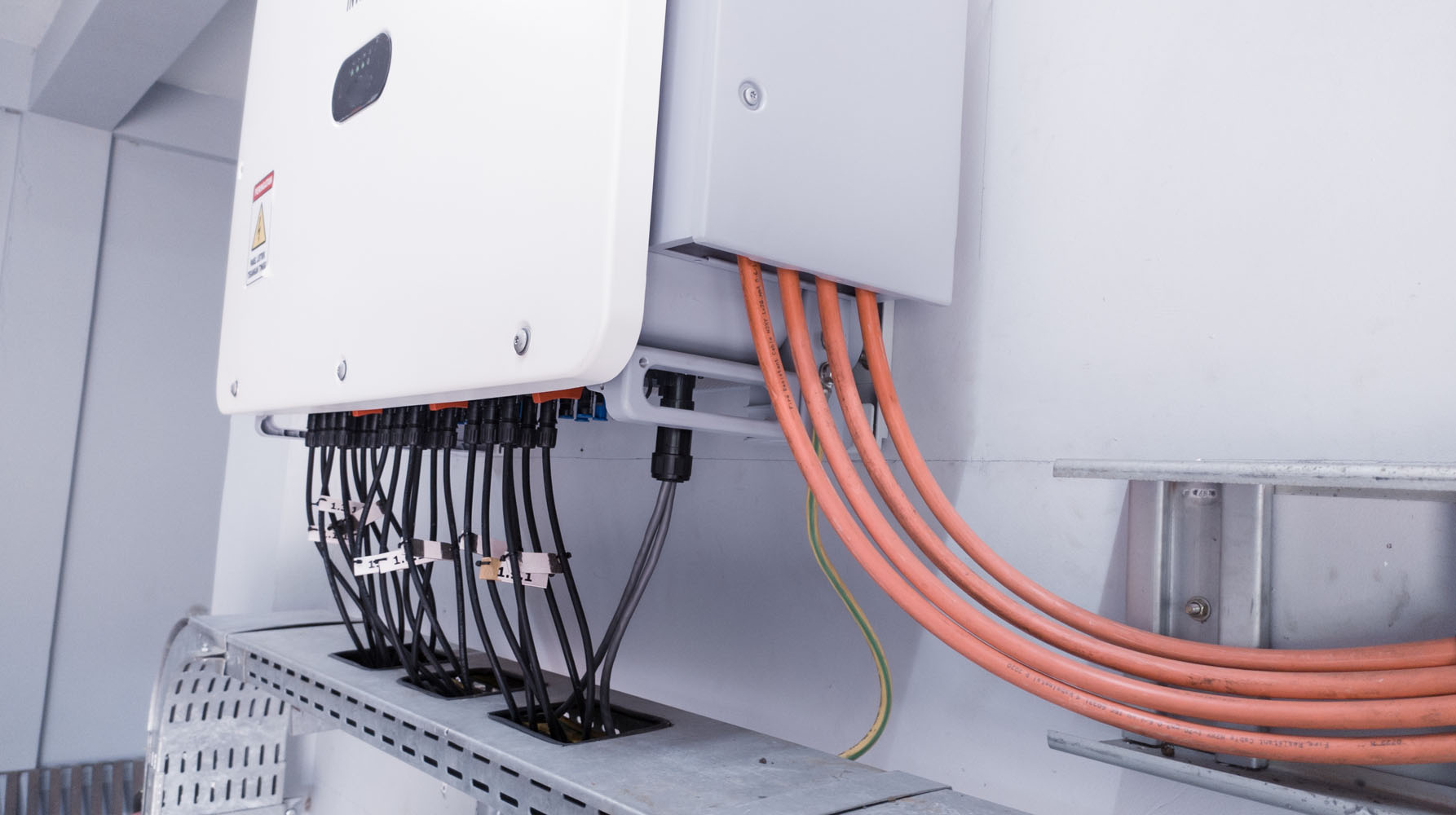Solar panels are a great way to generate clean, renewable energy for your home, but how exactly do they work? In this guide, we’ll break down the science behind solar panels and explain how they convert sunlight into electricity.
1. Solar Cells: The Heart of the System
Solar panels are made up of many photovoltaic (PV) cells. These cells are made from semiconductor materials, typically silicon. When sunlight hits these cells, it knocks electrons loose, creating an electrical current.
2. How DC Electricity is Generated
The electricity generated by solar panels is direct current (DC), which means the electrons flow in one direction. However, most homes and appliances use alternating current (AC) electricity, where the current alternates directions.
3. The Role of the Inverter
To make the electricity usable in your home, the solar system uses an inverter to convert DC electricity into AC electricity. This converted electricity can then power your home, or it can be sent back to the grid if you have a net metering system in place.
4. Net Metering
Net metering allows you to send excess electricity back to the grid in exchange for credits on your energy bill. This means you can reduce your electricity costs even further, especially if your solar system generates more power than you use.
Conclusion: Solar panels work by converting sunlight into electricity through photovoltaic cells, which is then converted into usable AC electricity by an inverter. Understanding how your solar system works can help you make the most of your investment.







